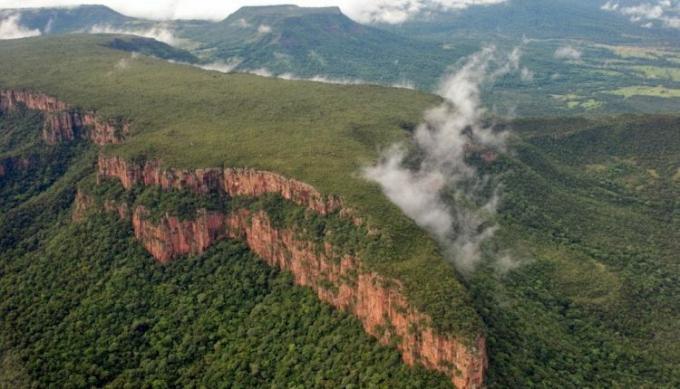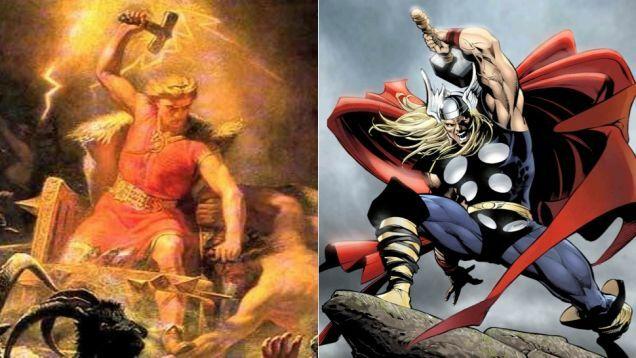The physical formation of the earth's surface is mainly composed of four types of reliefs, Mountain, flat land, depression and Highland. The latter, also known as plateau, is one of the most present forms in the Brazilian territory.
What is plateau?
In summary, a plateau is defined as a flat region with high altitudes in relation to sea level. Despite being high, these altitudes are considered medium, being between mountains and plains.
PUBLICITY
Its geological formation is considered ancient, with a predominance mainly of deposition process. Thus, the sedimentation process can take place, but in a smaller amount.
Due to the antiquity of the formation, the plateaus were subjected with greater intensity to exogenous agents, such as water and wind. The soils are commonly uneven, a factor that made these areas take longer to be occupied, compared to the plains.
The largest plateau in the world is located in China. The Tibet Plateau is at an altitude of 4,500 meters and is located in southwestern China.
Plateau characteristics
In addition to the altitudes already mentioned, the plateaus can be classified according to their geological formation, that is, the types of rocks that compose them. In this sense, the classification distinguishes three types.
Basalt Plateau: it consists mainly of igneous rocks from volcanic activity. Therefore, they are those formed after eruptions, by the solidification of magma on the earth's surface. It is a highly productive soil type, mainly composed of basalt.

- Free Online Inclusive Education Course
- Free Online Children's Learning and Toy Library Course
- Free Online Math Games Course in Early Childhood Education
- Free Online Pedagogical Cultural Workshops Course
Crystalline Plateau: the main composition is metamorphic rocks (transformation of sedimentary or magmatic rocks) or even intrusive rocks, which are those formed below the earth's surface. Thus, it can be said that its constitution is made by wearing out external agents. Crystalline rocks are very recurrent in their composition, hence the name.

Sedimentary Plateau: the formation of this type of plateau is directly related to the movement of tectonic plates. According to the name, they are formed by sedimentary rocks, resulting from internal transformation agents, or endogenous.

In relation to relief, the most common forms are the tabular (or tabuliform) relief and the chapadas. But we can also find mountain ranges, hills and cliffs
Plateaus of Brazil
According to information presented in the previous sections, the Planalto frequently appears in Brazilian landscapes. It is estimated that they occupy approximately 5 million km² of the country's total area.
See which are the best known.
- Central Plateau
- Guyana Plateau
- Dissected Southeast Plateau
- Plateau of Maranhão-Piauí
- Southern Plateau
- Northeast Plateau
O central plateau is one of the best known, because the country's capital, Brasília, is located in it. As the name says, it is located in the central region of the country, being understood by all the states of the Midwest, Tocantins and Minas Gerais.
The region's altitudes vary between 300 and 1650 meters, with Chapada dos Veadeiros, in Goiás, being the highest point on the central plateau.
The password has been sent to your email.


